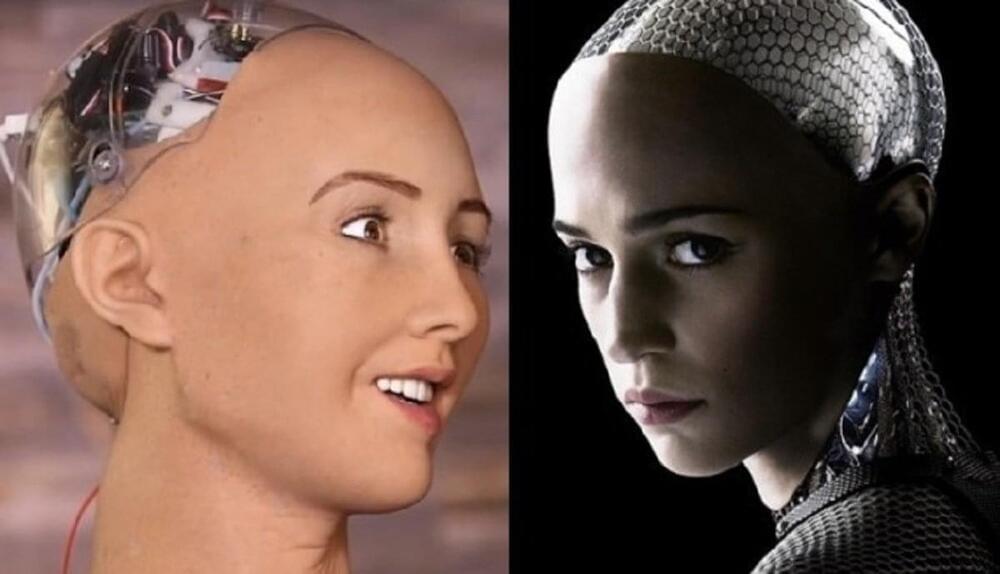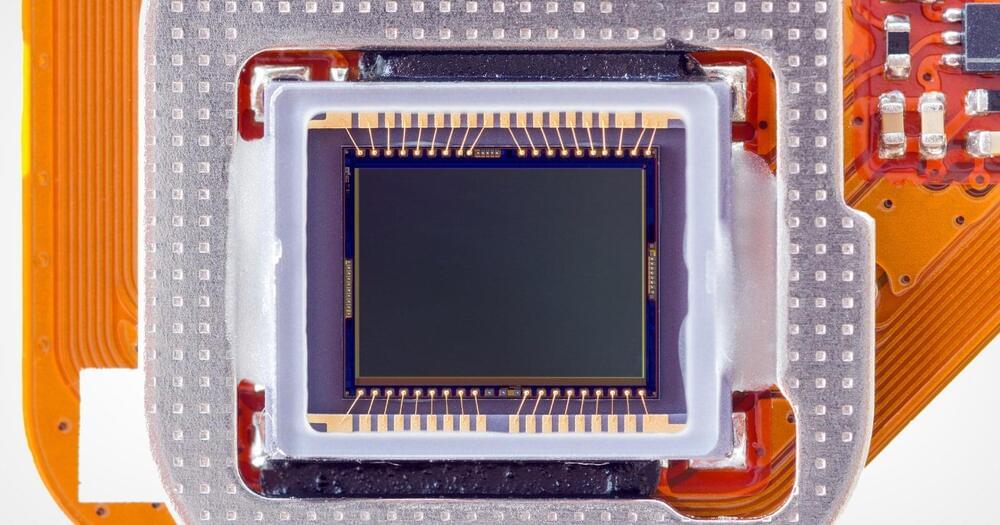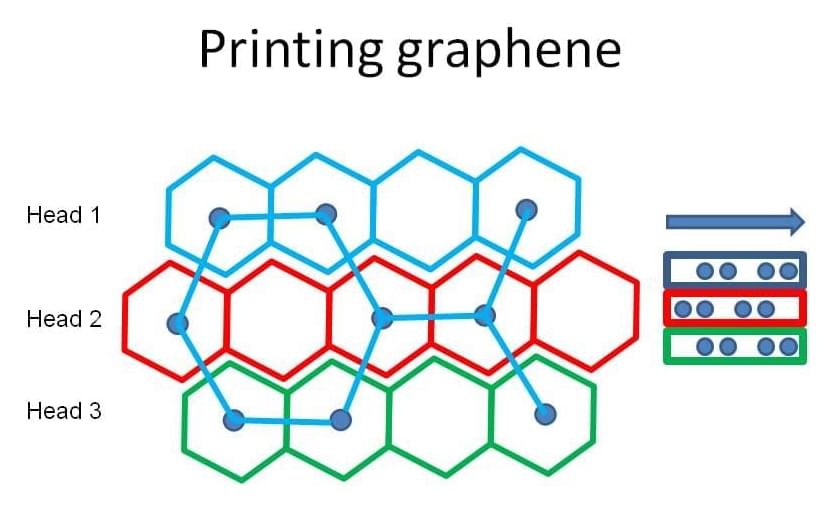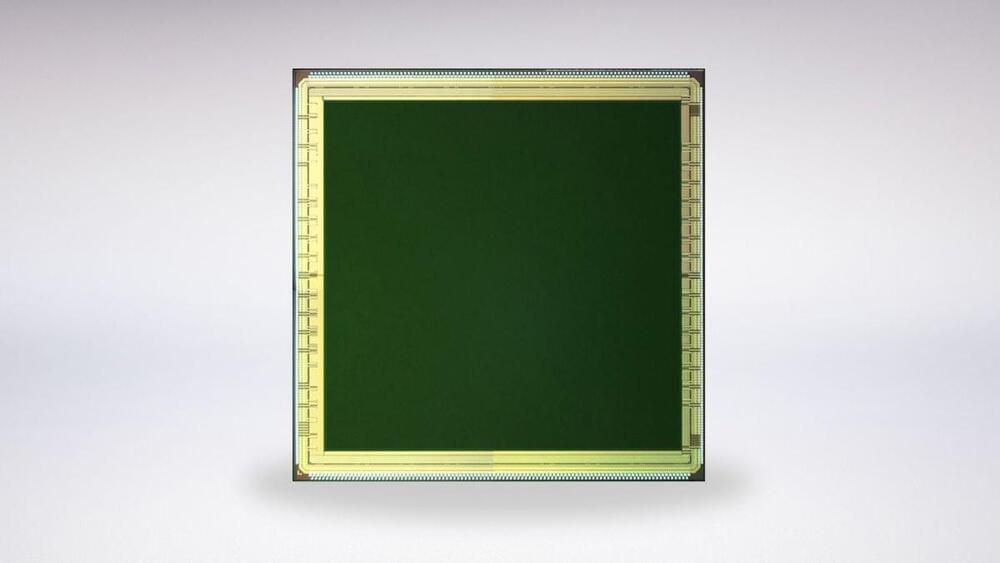WASHINGTON/DALLAS/BEIJING (Financial Times) — The US will put SenseTime, the Chinese artificial intelligence company that specializes in facial recognition software, on an investment blacklist on Friday, the same day that it prices its Hong Kong initial public offering.
In the history of space exploration, a handful of missions have set new records for ruggedness and longevity. On Mars, the undisputed champion is the Opportunity rover, which was slated to run for 90 days but remained in operation for 15 years instead! In orbit around Mars, that honor goes to the 2001 Mars Odyssey, which is still operational 20 years after it arrived around the Red Planet.
In deep space, the title for the longest-running mission goes to the Voyager 1 probe, which has spent the past 44 years exploring the Solar System and what lies beyond. But in Earth orbit, the longevity prize goes to the Hubble Space Telescope (HST), which is once again fully operational after experiencing technical issues. With this latest restoration of operations, Hubble is well on its way to completing 32 years of service.
The issue began at 01:46 A.M. EDT (10:46 P.M. PDT) on October 23rd, when NASA reported that the venerated space telescope was sending error codes, which indicate the loss of a specific synchronization message. This message provides timing information that Hubble’s instruments use to respond to data requests and commands correctly. The same error codes were issued two days later, indicating multiple losses of synchronization messages and triggering Hubble to enter safe mode.
Amid growing international concern about China’s human rights record, an unofficial tribunal in London has ruled China has committed genocide against the Uyghur people in Xinjiang.
Erbakit Otarbay is one of an estimated one million Kazakhs, Uyghurs and other ethnic minorities held in China’s detention camps as part of a mass incarceration programme. He gave evidence in the tribunal.
He was arrested in 2017, accused of downloading WhatsApp, which is blocked in China, and of watching videos about Islam.
Erbakit told the BBC how he was subjected to forced labour, indoctrination and violent beatings.
China denies the allegations and has condemned the hearings.
Please subscribe HERE http://bit.ly/1rbfUog.
Gene therapy is a powerful developing technology that has the potential to address myriad diseases. For example, Huntington’s disease, a neurodegenerative disorder, is caused by a mutation in a single gene, and if researchers could go into specific cells and correct that defect, theoretically those cells could regain normal function.
A major challenge, however, has been creating the right “delivery vehicles” that can carry genes and molecules into the cells that need treatment, while avoiding the cells that do not.
Now, a team led by Caltech researchers has developed a gene-delivery system that can specifically target brain cells while avoiding the liver. This is important because a gene therapy intended to treat a disorder in the brain, for example, could also have the side effect of creating a toxic immune response in the liver, hence the desire to find delivery vehicles that only go to their intended target. The findings were shown in both mouse and marmoset models, an important step towards translating the technology into humans.
A world-famous artificial intelligence humanoid robot that has previously spoken at the United Nations is becoming NFTs.
Elon Musk Just DESTROYED Apple: In a recent tweet, billionaire Elon Musk publicly destroyed Apple by mocking them for launching a $19 fiber cloth. He further went on to suggest that his followers should instead buy his newly launched Tesla Cyberwhistle instead!
Many times, to set them apart from the competition, luxury brands like Apple sell products at outlandish prices. Take the thousand dollar pro display stand launched in 2019 for example. What made Elon go against one of the world’s topmost tech giants?
Join us today as we tell you all about how Elon Musk attempted to take another bite from Apple by calling its product silly.
It is the highest resolution sensor of its type ever made.
Canon has developed an image sensor that is capable of capturing high-quality color photography even in the dark. The company says that it will be able to shoot clear photos even in situations where nothing is visible to the naked eye.
In a report from Nikkei, Canon says that it has developed a new type of light-receiving element called a single photon avalanche diode (SPAD) and is implementing it on a CMOS sensor. SPAD photodetector technology on its own isn’t new, and has been in use since the 1970s. However, Canon has managed to create a sensor with 3.2 million pixels, which it says is more than three times the resolution of conventional SPADs and makes it the highest-resolution sensor of its type ever made.
The sensor is designed to replace, or at least provide an alternative to, infrared night vision cameras. Infrared is useful for recognizing shapes and providing sight in the dark, but is not capable of recognizing colors. On the flipside, cameras that can see color in the dark only do so by leveraging high ISOs, which can work to a certain point but eventually lead to extremely noisy images in levels of extreme darkness.
Circa 2013 😳!
What would you do with a 600km high structure? That would be hundreds of times higher than the highest ever built so far. I think it is feasible. Here I will suggest super-light, super-strong building materials that can substitute for steel and concrete that can be grown up from the base using feasibly high pressures.
I recently proposed a biomimetic technique for printing graphene filaments to make carbon fur (- in this case, for my fictional carbon-obsessed super-heroine Carbon Girl. I am using the Carbon Trio as a nice fun way to illustrate a lot of genuine carbon-related concepts for both civil and military uses, since they could make a good story at some point. Don’t be put off by the fictional setting, the actual concepts are intended to be entirely feasible. Real science makes a better foundation for good science fiction. Anyway, this is the article on how to make carbon filaments, self-organised into fur, and hence her fur coat:)
http://carbondevices.com/2013/07/01/carbon-fur-biokleptic-warmth-and-protection/.
A bigger deal than computational photography?
Samsung and Canon have both announced new camera sensors that are both innovative in very different ways. But how exciting are they?
Facebook on Thursday announced that it is opening up Horizon Worlds, its virtual reality world of avatars, to anyone 18 and older in the U.S. and Canada.
Horizon Worlds launched in beta last year to select Oculus VR users, who answered invitations to join the virtual world. With the announcement on Thursday, users will no longer need to be invited.
The broader launch of Horizon Worlds is an important step for Facebook, which officially changed its name to Meta in October. The company adopted the new moniker, based on the sci-fi term metaverse, to describe its vision for working and playing in a virtual world.









